The Superfood Secret to Making Homemade Condiments Last for Weeks
Last Updated September 20, 2018 · First Published October 22, 2012
 Margaret Floyd is a nutritional therapist, writer, and passionate real food advocate. She is a board-certified Nutritional Therapy Practitioner and Certified Healing Foods Specialist, with a thriving private practice in Los Angeles at The Body Well Wellness Centre. Margaret is the author of Eat Naked: Unprocessed, Unpolluted, and Undressed Eating for a Healthier, Sexier You and the coauthor of the follow-up cookbook, The Naked Foods Cookbook. She currently blogs at Eat Naked as well as several other health-related websites. You can connect with her on Twitter and Facebook.
Margaret Floyd is a nutritional therapist, writer, and passionate real food advocate. She is a board-certified Nutritional Therapy Practitioner and Certified Healing Foods Specialist, with a thriving private practice in Los Angeles at The Body Well Wellness Centre. Margaret is the author of Eat Naked: Unprocessed, Unpolluted, and Undressed Eating for a Healthier, Sexier You and the coauthor of the follow-up cookbook, The Naked Foods Cookbook. She currently blogs at Eat Naked as well as several other health-related websites. You can connect with her on Twitter and Facebook.
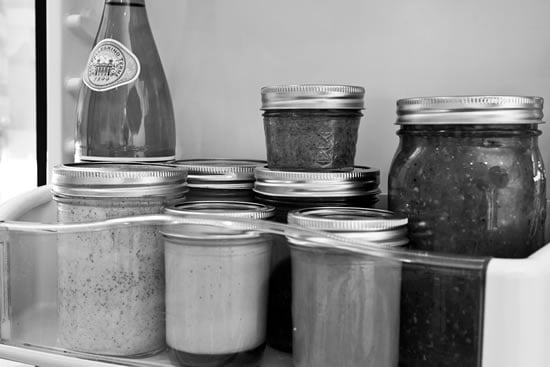
Condiments. Delicious and essential. And, often some of the biggest culprits in derailing our unprocessed intentions. The dressings, sauces, salsa. Ketchup, mustard, mayonnaise. They all have long lists of unpronounceable ‘faux’ ingredients to lengthen their shelf life or add synthetic flavor, texture, and nutrients where the originals have been processed out. Even the ‘healthy’ options like salad dressing or an innocent jar of salsa can send you reeling.
Making these condiments is challenging for most of us – not just because it takes time to make them, but because they’re the kind of thing we want to just have on hand to use when needed. Who wants to make a batch of homemade mayonnaise every time they have a sandwich?
When you go to all the effort to make a condiment from scratch, you want it to have some legs. It should last at least a few weeks; even better a couple of months. But how to do this without all those artificial preservatives or intensive processing methods?
There is a little known and incredibly simple method that you can use to preserve any condiment, naturally extending its shelf life by weeks (if not months) and enhancing its nutritional value in the process. Let me introduce you to the art of culturing.
Culturing – or fermentation – is a natural form of food preservation that humans have been using for thousands of years. Indeed, culturing is thought to be the earliest form of food preservation and the original ‘cooking’ technique before fire was discovered.
When you culture a food, naturally occurring bacteria convert the sugars in the food into lactic acid or alcohol – both of which prevent spoilage. You can culture almost anything. We culture dairy into foods such as yogurt, kefir, buttermilk, and cheese; we culture vegetables into sauerkrauts and pickles; we culture fruits into chutneys and wine; we culture grains into sourdough bread, beer, and liquor. We can even culture fish and meats.
Today I’m going to share with you one of the easiest ways to naturally culture any kind of condiment using a simple culture starter made from plain yogurt: whey. The whey kickstarts the culturing process, inoculating the food with beneficial bacteria that convert the sugars into lactic acid, preventing spoilage and preserving the food.
It’s a lot easier than it sounds. The bacteria do 99% of the work, you just have to introduce them to the food.
Now the real bonus of this process is that it adds some significant nutritional value to your food. Quite the opposite of most forms of food preparation! In the culturing process you are adding beneficial bacteria (yes, your ketchup will have probiotics in it), increasing vitamin levels especially some B vitamins and vitamin K, and adding enzymes, which makes this condiment a digestive aid. Not bad bang for your buck, I’d say.
Here’s how it works:
Step 1: Make whey
You know that clear yellow-ish liquid that appears on your yogurt when it’s left to sit? That’s the whey. To separate it from the yogurt, you’ll need the following:
- 1 tub of plain, organic yogurt (must contain active bacterial cultures). Don’t use Greek yogurt. It already has most of the whey strained out.
- 1 strainer or colander
- 1 clean fine-weave cloth dish towel or cloth napkin
- 1 medium-sized bowl (if you have a clear bowl, that’s a bonus)
Line the strainer or colander with the dish towel or napkin, and rest them on top of the bowl. Put all of the yogurt in the lined strainer, and leave it out at room temperature for about eight hours. The whey will drain through the lined strainer and into the bowl underneath, and you’ll have a thicker Greek-style yogurt left in the strainer. Use it as-is or add some herbs and spices to it and make a nice dip.
Step 2: Store the whey until you make a condiment
Store the whey in a glass jar and keep it in your fridge. It will last for months.
Step 3: Add the whey to any homemade condiment and let sit at room temperature for 2-4 days
Let’s say you want to make some salsa that lasts more than a week.
- Prepare the salsa as you would normally (the recipe really doesn’t matter – any will do), and then stir in 4 tablespoons of whey.
- Put the mixture into a glass jar, making sure to leave about an inch between the top of the condiment and the top of the jar.
- Seal the jar tightly and leave it out on your counter at room temperature for 2-4 days (2 in the summer when its warm, 4 in the winter when it’s cooler). It’s important that you leave it at room temperature during this time. If you put it in the fridge, you stop the culturing process. During those 2-4 days, the beneficial bacteria will do their thing and your salsa will now last for several weeks, up to 3 months.
- Once the condiment has been cultured, refrigerate, and use when needed. That’s my favorite part: use when needed. Not “Hurry up and use it all this week before it goes bad” just, use when needed.
You can use this process with any condiment. In my recent cookbook, The Naked Foods Cookbook, my co-author Chef James Barry and I have included many recipes for easy homemade condiments (ketchup, mayonnaise, mustard, several salsas, cultured vegetables, and many more) that use this exact technique. It’s simple, it works, it doesn’t affect the flavor of the food, it’s 100% natural and unprocessed, and it adds nutritional value to the meal.
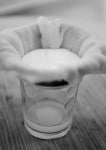
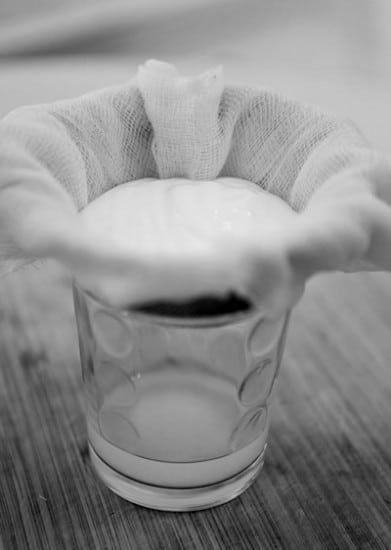

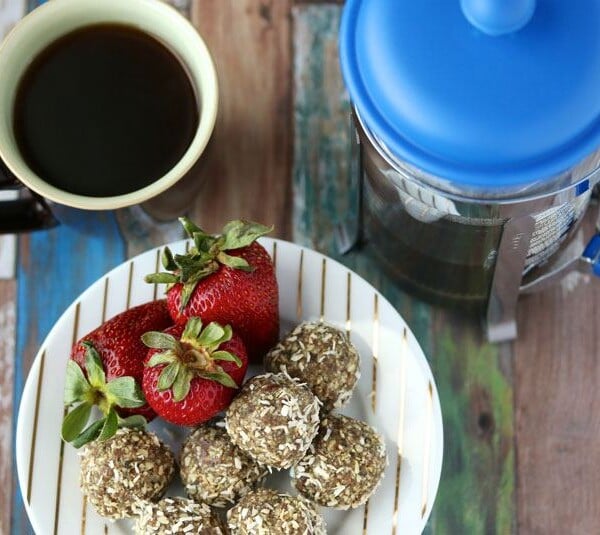
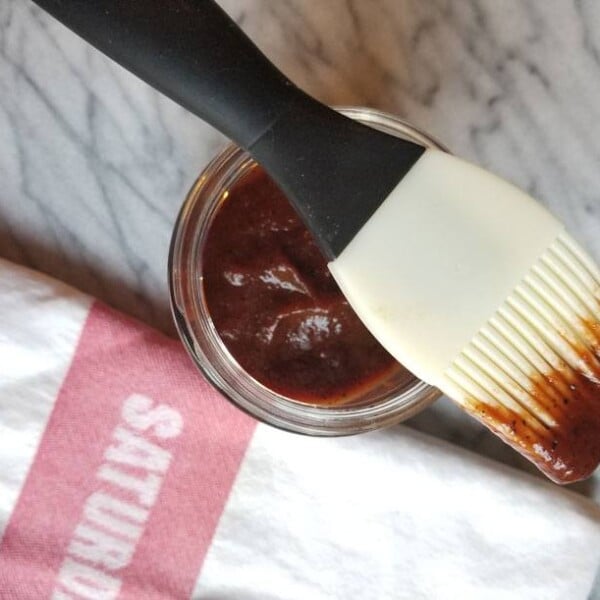
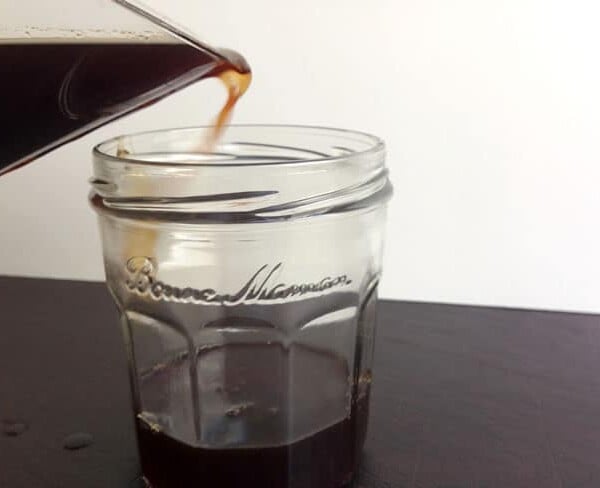
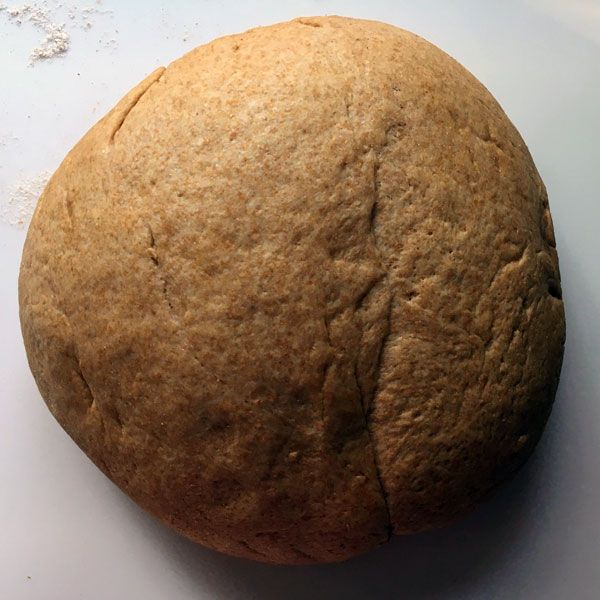















This might be a very stupid question but with this work with fresh salsa as well?
Thank you!
This is a great idea, thank you.
I make my mayonnaise with whole eggs, olive oil, salt and a dash of lemon. Will adding the whey still keep it good longer than a few days?
Is it possible to do this if something has already been refrigerated? Just for 1-2 days. And will it work for jams and jellies? Thanks!!!
Krista, it’s ideal to do it for something that’s freshly made, but you can try it with something that has been refrigerated. Make sure to let it come to room temperature before adding the whey as the beneficial bacteria are most active at room temp. With jams and jellies you don’t want to leave it out more than a day or two – and you don’t need as much sugar. There’s a great book with recipes for exactly these things: http://ohlardy.com/oh-lardys-guide-fermenting-fruits-vegetables/
Hi,
Do I add 4 tablespoons of whey everytime I make any condiment??
Thanks,
Kaneez
Kaneez – it’s not an exact science, but roughly you want 2 Tbsps of whey per half quart jar of condiment, or 4 Tbsps per full quart jar. After that it’s a bit of playing around with it to see what works.
Can you help preserve condiments in a nondairy way?
Thanks!
it’s very hard to find true non-dairy culture starters, but you can try adding a little juice from raw fermented sauerkraut (e.g., the kind that only uses sea salt for fermentation) and see if that works… The idea is to give it an “inoculation” of good bacteria that will convert sugars to lactic acid, so as long as the sauerkraut is truly probiotic rich, this should work. I’ve not tried it myself, so it would be a bit of trial and error.
It states to use 4 tablespoons of Whey but what size jar is that for? A larger one like a pint or quart or is that standard for anything? I wanted to make an assortment of smaller condiments. Please advise. This is an outstanding bit of knowledge
Hi Brittany – I’ll try to answer, since I’m not sure if Margaret will see your question. The quantities are pretty forgiving on this, which is why Margaret wasn’t very specific. I’d think that four tablespoons of whey for a pint jar would be about right. So if you use a quart jar, just add a little more whey. Let us know how it goes!
Thank you, great article!